You have 0 product(s) in your cart.
Abyss Scuba Diving
How Scuba Diving Transformed With The Creation Of The Bcd
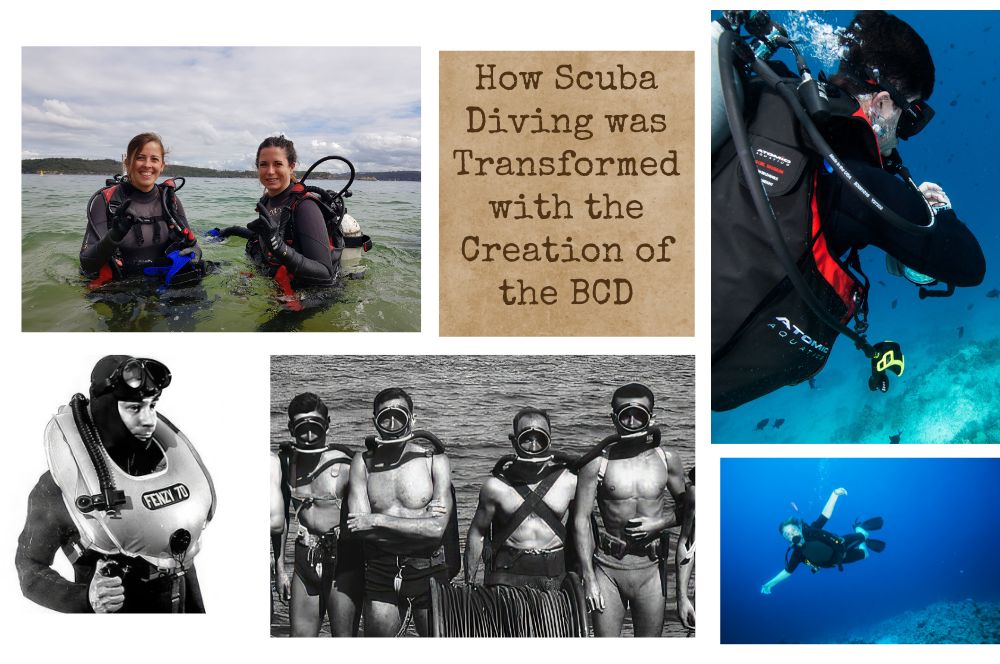
A Breath of Fresh Air: How Scuba Diving Transformed with the Creation of the BCD
Welcome to a world where the ocean depths become accessible, and adventure awaits beneath the waves. Scuba diving has transformed over the years, bringing us closer than ever to the mysteries of the underwater realm. So, how did we come this far? Let’s dive into the evolution of scuba diving and explore the innovations that have made this thrilling sport what it is today.
Short Summary
-
Scuba diving has evolved from ancient divers’ tools and techniques to modern equipment, with the invention of the BCD revolutionizing underwater exploration.
-
Key features such as lift capacity, weight system, and type should be considered when choosing a BCD for an optimal experience.
-
The introduction of advanced scuba gear has enabled more accessible and safer experiences for recreational divers.
The Origins of Scuba Diving
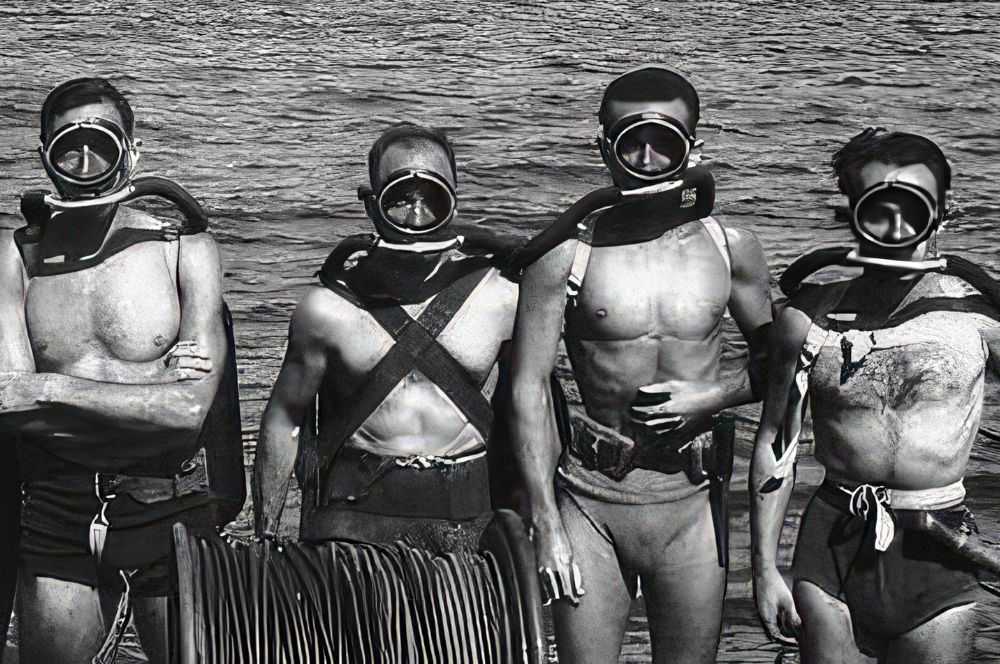
The journey of scuba diving began with the curiosity and ingenuity of ancient divers, who used simple tools and techniques to explore the underwater world. Over time, diving equipment evolved, giving rise to inventions like the diving helmet, rebreathers, and scuba tanks. In the mid-20th century, the development of modern scuba diving equipment, such as the Aqua-Lung, revolutionized the sport and made it more accessible to the general public.
Let’s take a closer look at the origins of scuba diving and the groundbreaking inventions that shaped this exciting activity.
Ancient Divers and Early Techniques

Long before the days of high-tech diving equipment, ancient divers relied on their resourcefulness and simple tools like air-filled animal skins and rudimentary goggles to venture into the depths. These early explorers, who could be considered the predecessors of modern cave divers and military diving specialists, were primarily motivated by underwater hunting, which eventually laid the foundation for today’s scuba training programs.
Among the pioneers of diving, Guy Gilpatric stands out for his contributions to the development of dive equipment and scuba diving as we know it today.
The Invention of the Diving Helmet
The invention of the diving helmet marked a major turning point in underwater exploration. Providing a constant supply of air to the diver, the diving helmet revolutionized the way people experienced the underwater world. Diving helmets offered protection and a continuous flow of air, making them indispensable tools for commercial diving and deep-sea exploration.
This groundbreaking invention paved the way for more advanced diving equipment that would eventually shape the sport of scuba diving.
The Invention of Rebreather Diving
Rebreather diving emerged as a significant advancement in diving technology, allowing divers to stay underwater for extended periods without releasing bubbles. Christian Lambertsen, the inventor of the reef, contributed to the development of scuba tanks and diving equipment, propelling the sport into the future.
Rebreather diving is a more advanced form of underwater diving that requires specialized scuba training and equipment, offering divers increased efficiency and discretion while exploring the depths.
The Invention of Scuba Diving
The invention of scuba diving equipment, such as the Aqua-Lung by Jacques Cousteau, transformed the sport and made it more accessible to the general public. In the early days, double hose regulators were the only option, and wetsuits were not widely used, limiting the number of people who could become scuba divers.
By the mid-1960s, advancements in equipment like single hose regulators and wetsuits made scuba training more accessible to a wider audience, allowing more people to unravel the mysteries of the underwater world.
Significant Advancements in Scuba Diving
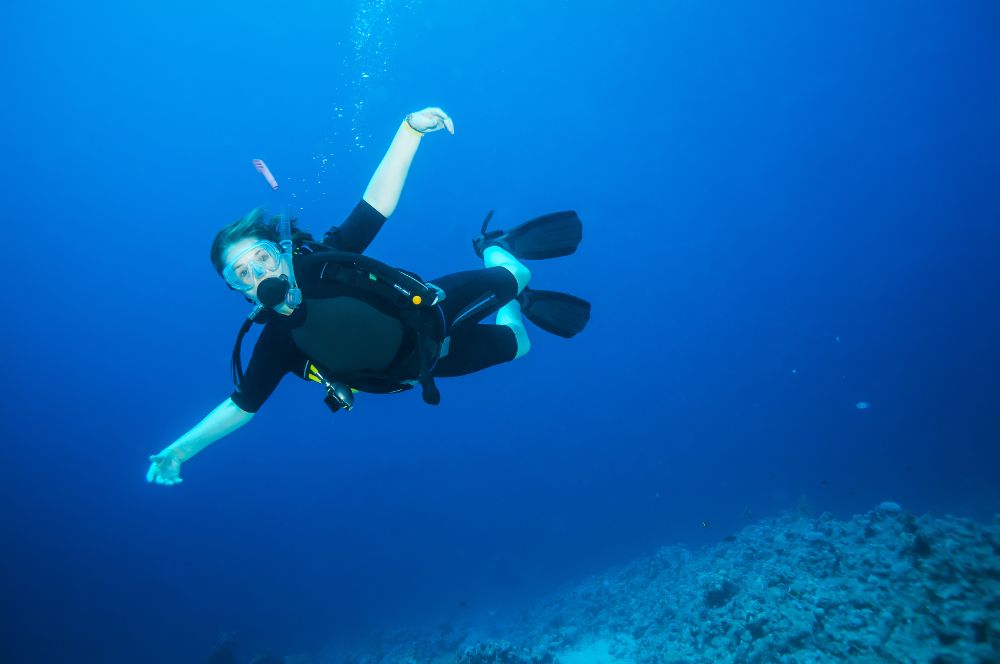
Throughout the years, scuba diving has witnessed a series of groundbreaking advancements that have shaped the sport. The invention of the buoyancy control device (BCD) in the late 1960s and 1970s revolutionized scuba diving and buoyancy control, making it more accessible and enjoyable for a wider audience. The introduction of the Orca Edge in 1983, the first widely accepted and used modern dive computer, further enhanced diving experiences by providing crucial information to divers in real-time.
Technical diving, or “tec diving,” emerged in the early 1990s as a distinct division of sport diving, attracting adventurous divers who sought to push their limits and explore the unknown. Tec diving often involves the use of advanced equipment and specialized scuba training, providing divers with the skills and knowledge to take on more challenging underwater environments.
Safety has always been a top priority in scuba diving, and the development of the open circuit scuba regulator, also known as the alternate air source (extra second stage), serves as a testament to this commitment. This piece of equipment has become the preferred method for sharing air in an emergency situation, ensuring the well-being of divers and fostering a safer diving community.
The Growth of Recreational Scuba Diving
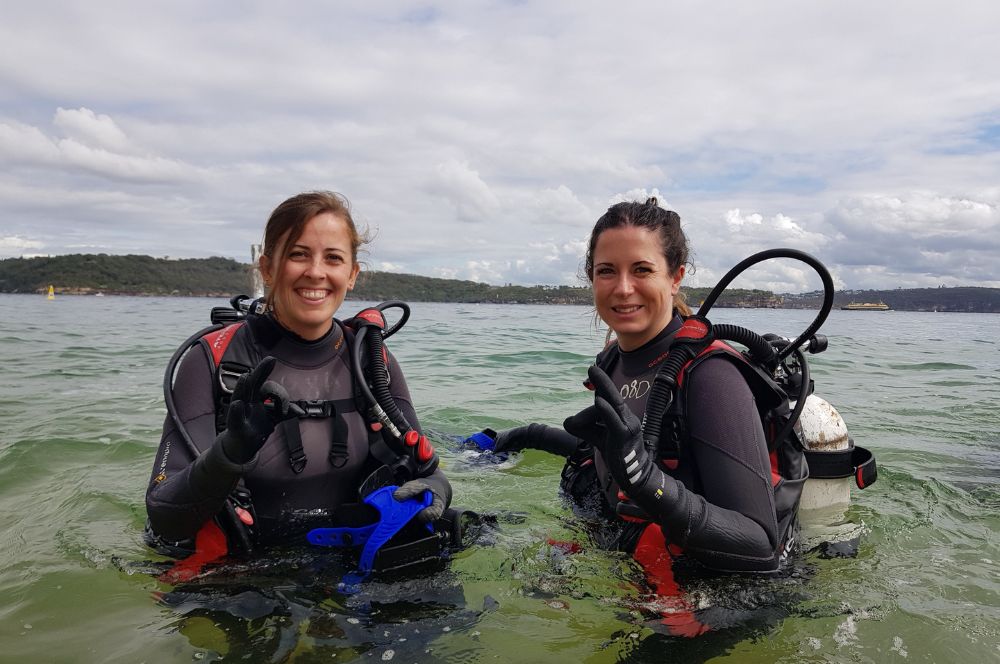
In the 1980s, scuba diving was still viewed as a sport reserved for the more adventurous individuals. However, the introduction of jacket-type BCDs and the adaptation of scuba diver training methods made it easier for more people to participate in the sport. The development of the Recreational Dive Planner by PADI in 1988 further enhanced scuba training by providing dive tables specifically designed for recreational, no-stop scuba diving.
Today, scuba diving has become a popular recreational activity thanks to advancements in dive equipment, training methods, and certification programs such as the YMCA scuba program. Independent study tools like DVDs, CD-ROMs, and web-based e-learning have made it more convenient for students to schedule their scuba training courses. With an increased focus on real-world scuba diving skills and instructor supervision during open-water training, the learning process has become more efficient, reliable, and enjoyable for divers of all skill levels.
The Invention of the BCD
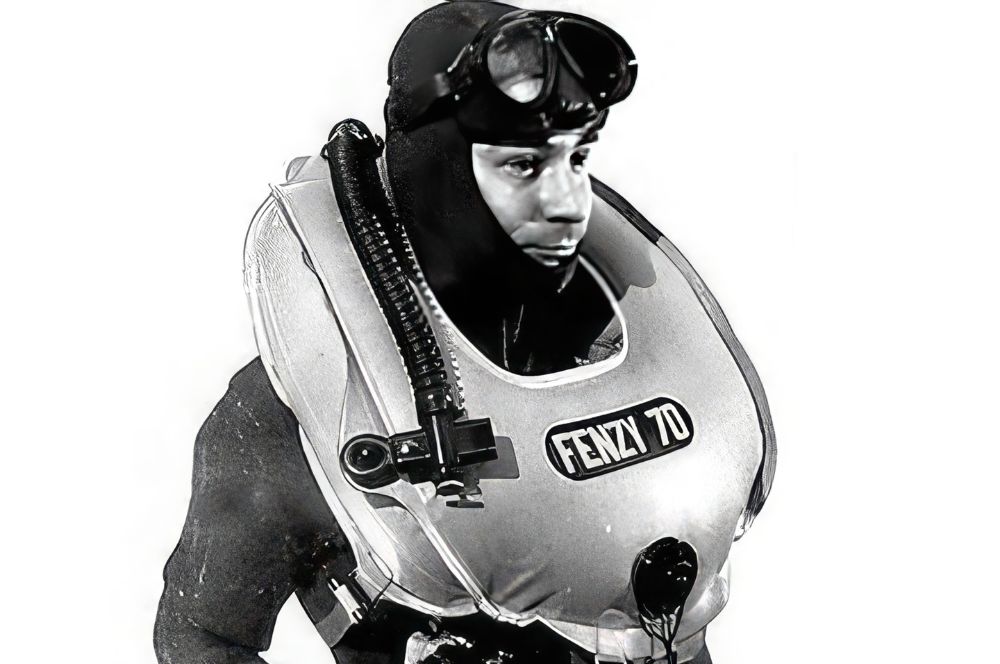
The invention of the buoyancy control device (BCD) was a game-changer for the world of scuba diving. Developed during the late 1960s and 1970s, the BCD allowed divers to maintain neutral buoyancy during a dive with the press of a button, significantly reducing physical effort and making scuba diving more accessible to a wider audience. Early BCDs were inflatable collar vests that could be inflated either orally or with a CO2 cartridge, representing a significant advancement in dive equipment.
The BCD has since evolved into various styles and designs, catering to the diverse needs and preferences of scuba divers. From jacket or vest styles to back-inflate and wing styles, each type of BCD offers unique advantages and features to enhance the diving experience. With the right BCD, divers can enjoy a more comfortable and streamlined underwater adventure, making it an essential piece of equipment for scuba diving.
Key Features of BCDs
When selecting a BCD, it’s important to consider key features that will enhance your diving experience. Lift capacity is one such feature, as it determines the amount of lift a BCD can provide to support a diver’s body weight and equipment underwater. A general rule of thumb for recreational diving is that properly sized BCDs provide the appropriate amount of lift. However, it’s crucial to consult the manufacturer’s guidelines for BCD sizing based on height and weight to find the perfect fit.
Another important feature to consider in a BCD is its weight system. Integrated weight pockets eliminate the need for a weight belt, providing greater comfort and ease of movement underwater. Additionally, BCDs with strategically placed D-rings help divers securely attach and carry additional dive equipment like stage tanks or sidemounts.
Lastly, the type of BCD you choose can greatly impact your diving experience. Jacket-style BCDs are ideal for entry-level divers, as they offer a snug fit and easy-to-use design. On the other hand, back-inflate scuba BCDs provide a more streamlined profile and enhanced buoyancy control for experienced divers. By understanding the key features of BCDs and considering your personal diving preferences, you can make an informed decision and invest in a BCD that will enhance your underwater adventures.
Impact of BCDs on Modern Scuba Diving
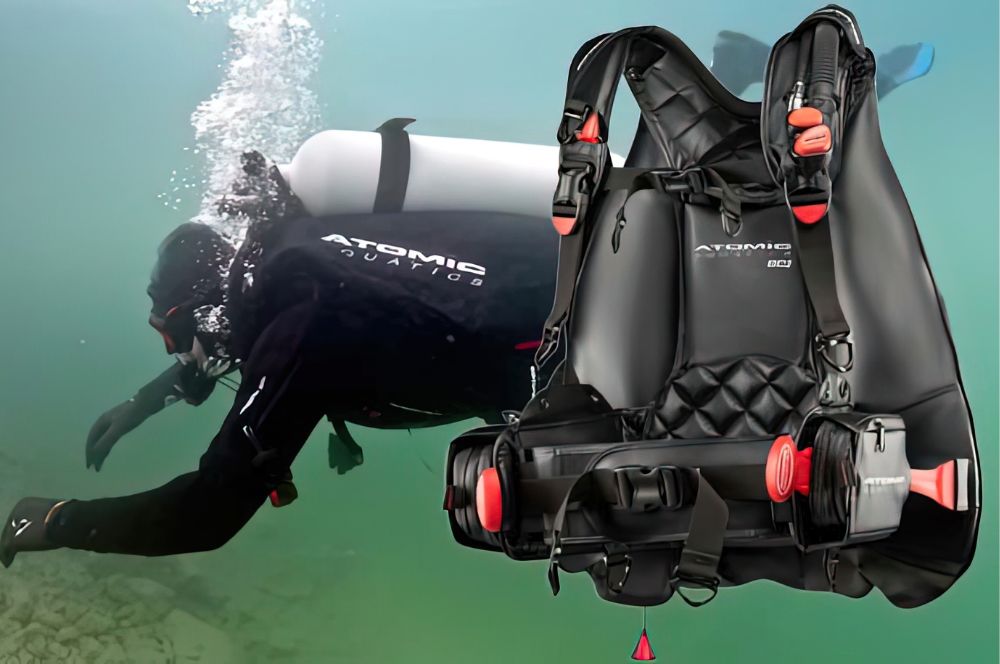
The introduction of BCDs has had a huge impact on scuba diving. They've made diving safer, more comfortable, and accessible to all skill levels. BCDs allow divers to easily control their buoyancy by inflating or deflating the air bladder. This means divers can explore the underwater world without worrying about sinking or floating to the surface. So now, divers can focus on the beauty below without any frets about their buoyancy.
The BCD also made it possible for divers to perform more complex dives. For example, divers can now use the BCD to control their ascent and descent, which is essential for deep diving. The BCD also makes it easier for divers to carry equipment, such as underwater cameras and lights.
As a result of the BCD, scuba diving has become much more accessible to a wider range of people. The BCD has made diving easier, safer, and more enjoyable, and it has helped to make scuba diving one of the most popular outdoor activities in the world.
Here are some of the specific impacts of BCDs on modern scuba diving:
-
Increased safety: The BCD makes it easier for divers to maintain neutral buoyancy, which reduces the risk of accidents such as ascents that are too rapid.
-
Improved comfort: The BCD helps to distribute the weight of the diver's equipment more evenly, which makes diving more comfortable.
-
Enhanced performance: The BCD allows divers to perform more complex dives, such as deep diving and wreck diving.
-
Increased accessibility: The BCD makes scuba diving more accessible to a wider range of people, including those who are not as physically fit.
Overall, the BCD has had a profound impact on modern scuba diving. It has made diving safer, more comfortable, and more accessible, and it has helped to make scuba diving one of the most popular outdoor activities in the world.
The Future of Scuba Diving: Embracing Innovation with the Avelo Dive System
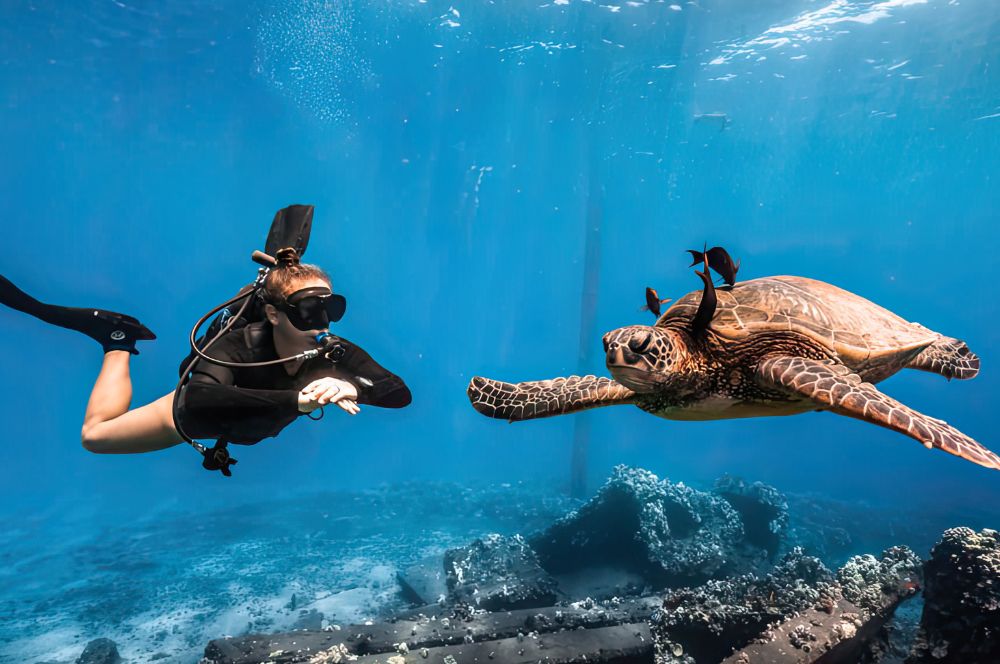
Traditional BCDs have served us well, providing buoyancy control that's crucial for safe and enjoyable diving. However, they're not without their drawbacks. The most significant is their reliance on air for buoyancy control. As a diver consumes air from the tank, the BCD becomes less buoyant, leading to an increase in weight. This necessitates constant adjustments to maintain neutral buoyancy, which can be challenging, especially for less experienced divers. Moreover, traditional scuba gear can be bulky and heavy, making it exhausting for divers over extended periods.
Enter the Avelo Dive System - a game-changer that addresses these issues head-on. At the heart of the Avelo system is the Hydrotank, a lightweight scuba tank equipped with an air bladder. This revolutionary setup integrates buoyancy control directly into the air tank, bypassing the need for a separate BCD. But what makes the Avelo system truly stand out is its unique approach to buoyancy control - it uses water instead of air.
To descend, divers simply press a button to activate a pump that adds water into the Hydrotank, reducing buoyant force. To ascend, releasing the water increases buoyant force. This ingenious design maintains neutral buoyancy throughout the dive, regardless of depth or air consumption, eliminating the risks associated with sudden buoyancy changes.
Moreover, the Avelo system is significantly lighter and sleeker than conventional scuba gear. It reduces the overall weight a diver has to carry, making diving less tiring. Plus, its efficient design helps save up to 30% on air consumption, giving divers more time to explore underwater wonders.
So, how does the Avelo Dive System revolutionize the scuba diving industry? By enhancing safety, improving maneuverability, and optimizing air consumption, Avelo has the potential to redefine our diving experiences. It caters to both novices and seasoned divers, offering a user-friendly, intuitive diving experience with minimal adjustments for buoyancy control.
In essence, the Avelo Dive System is not just an advancement; it's a leap forward in diving safety and enjoyment. It's paving the way for a future where scuba diving is more accessible, safer, and even more exhilarating. So, next time you're gearing up for an underwater adventure, consider taking the plunge with Avelo - it might just transform your dive into an experience beyond anything you've known before. Dive safe, dive smart, dive Avelo!
Summary
From the times of ancient divers with rudimentary tools to the revolutionary Aqua-Lung and buoyancy control devices, scuba diving has undergone remarkable transformations. Today, it stands not only as an accessible and popular recreational activity but also as an arena for groundbreaking technological advancements. The Avelo Dive System is an innovation set to redefine our underwater adventures. Integrating buoyancy control directly into the air tank overcomes traditional BCDs' limitations, enhancing safety and maneuverability underwater. With developments like these in dive equipment and comprehensive scuba training and certification programs, exploring the underwater world continues to be more thrilling than ever. So take a deep breath, gear up with the latest in diving technology, and plunge into the ocean depths – an extraordinary adventure awaits!
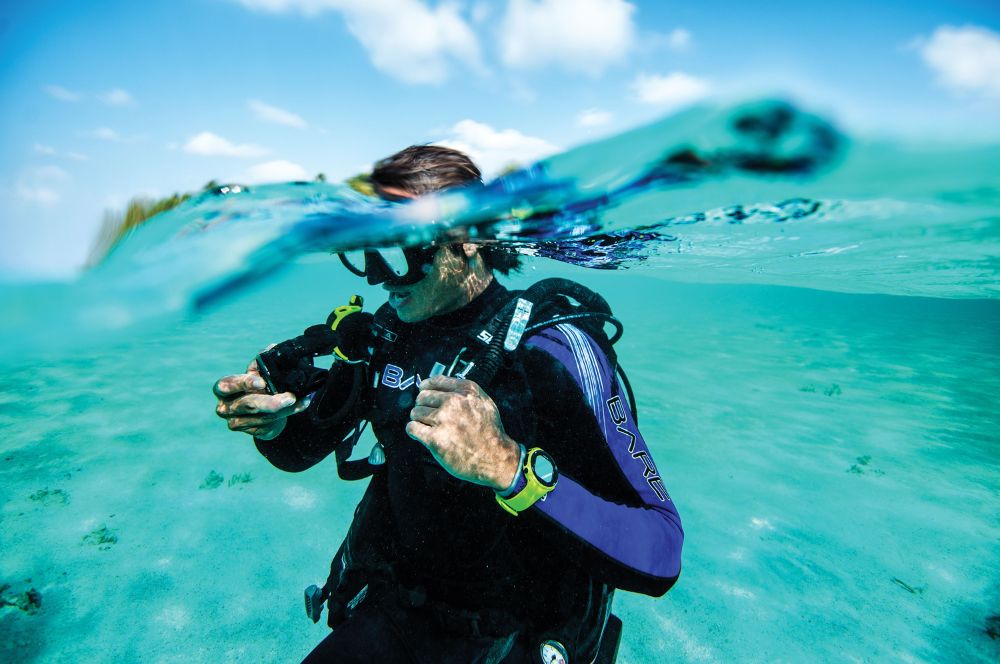
Frequently Asked Questions
What are BCDs used for?
BCD (binary-coded decimal) is used for various tasks such as buoyancy control in diving, converting decimal numbers to binary numbers, manipulating data in digital displays, and storing time in RTC chips. It is a fast and efficient system that provides an advantage over the traditional binary system.
What is the history of scuba BCD?
The first BCDs were invented in the early 1970s. The first commercially successful BCD was the Fenzy ABLJ, which was invented by Maurice Fenzy in 1970. The Fenzy ABLJ was a horse collar-style BCD that was inflated by mouth or with a CO2 cartridge.
In 1968, dive shop owners Joe Schuch and Jack Schammel developed a more comfortable buoyancy compensator vest that featured a smaller buoyancy ring behind the diver's head and a midriff section with sufficient volume to lift the diver's head out of the water in the event that one or both of its CO2 cartridges were activated for emergency ascent. This vest was manufactured by Waverly and was called the Control Buoyancy Jacket or "CBJ."
In 1969, the first jacket-style BCD was introduced by Aqua Lung. This BCD was called the "SeaQuest", and it featured a large bladder that surrounded the diver's torso. The SeaQuest was a major improvement over the horse collar-style BCDs, and it quickly became the standard BCD for recreational divers.
Since the 1970s, BCDs have continued to evolve. Today, there are a wide variety of BCDs available, each with its own unique features and benefits.
RELATED POSTS
-
Unveiling the Suunto Dive Computer:…
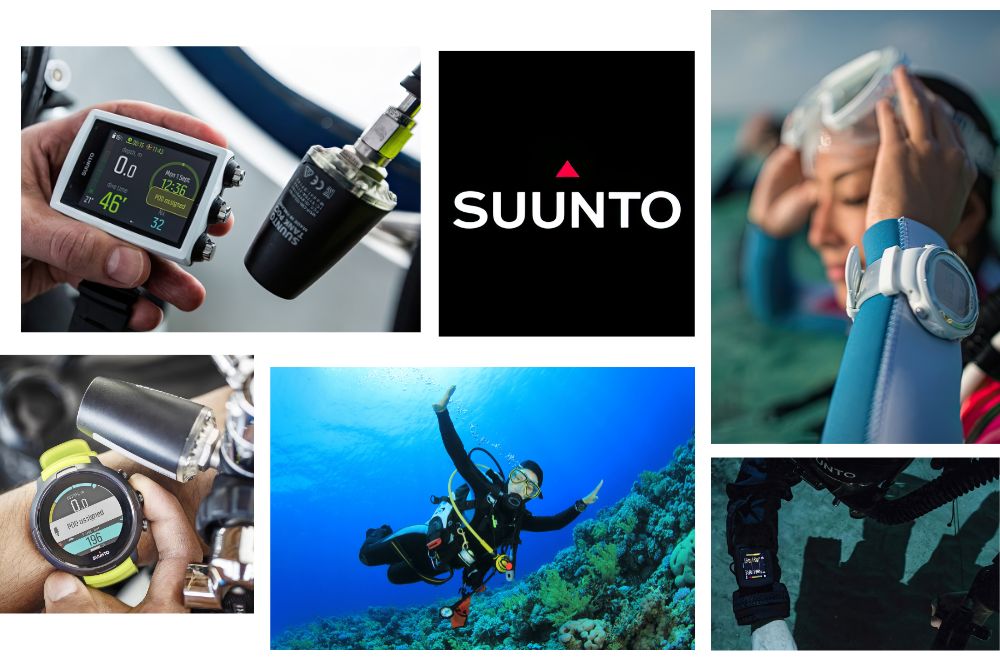
Unveiling the Suunto…
Exploring the Features of the Suunto Dive Computer Diving into the deep blue ocean is an exhilarating experience, […] -
Best BC Alternative for Scuba Diving:…

Best BC Alternative…
Discover the Best BCD Alternative: The Avelo Scuba System Are you ready to buy a BCD? Are you looking for […] -
Get Ready to Buy Dive Equipment: Tips…
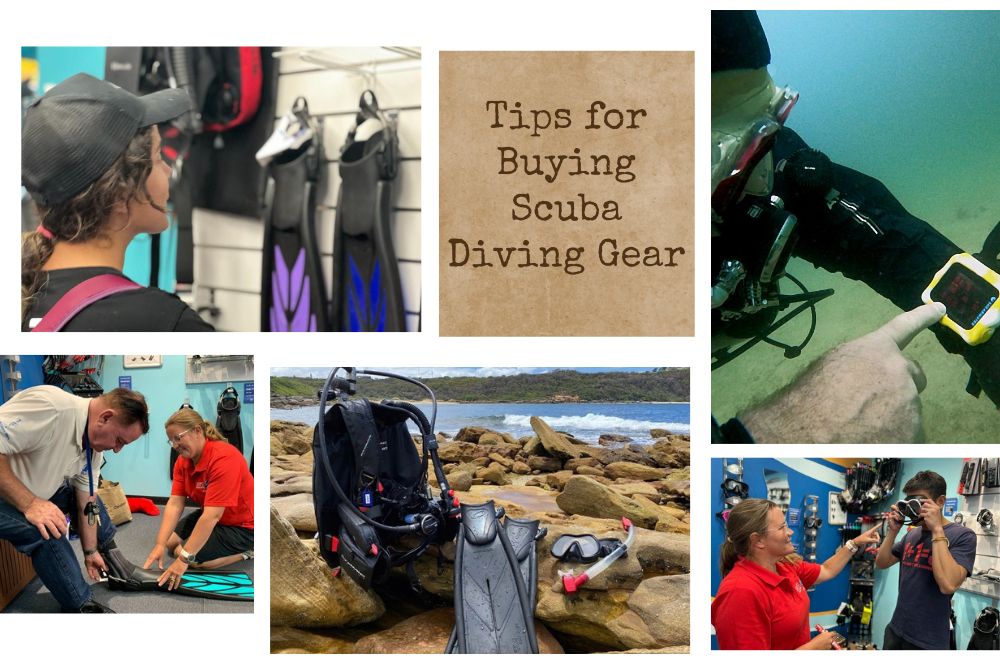
Get Ready to Buy Dive…
Get Ready to Buy Dive Equipment: Tips for Buying Scuba Diving Gear Imagine your first dive into the underwater […] -
Exploring the Future of Scuba Diving…

Exploring the Future…
The Future of Scuba Diving: Innovative Gear Transforming Underwater Exploration In the ever-evolving world […]
Recent Posts





